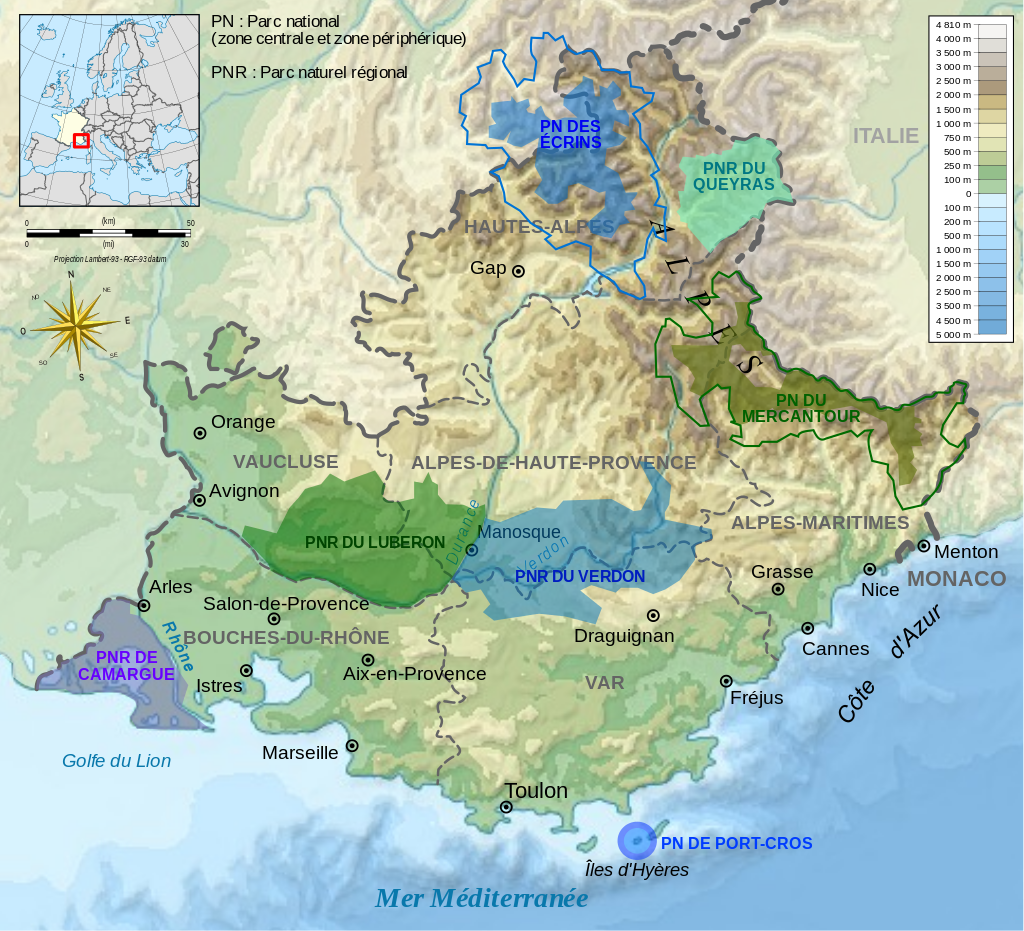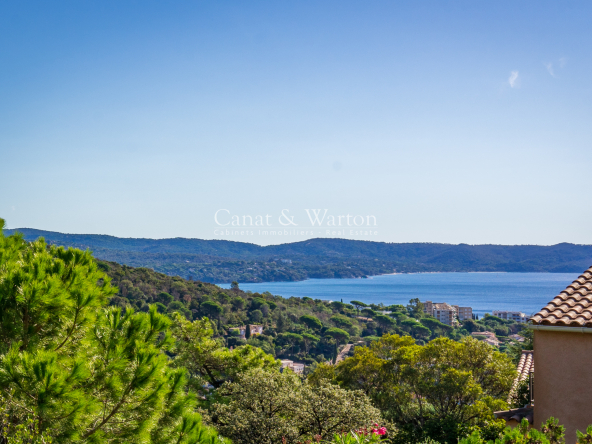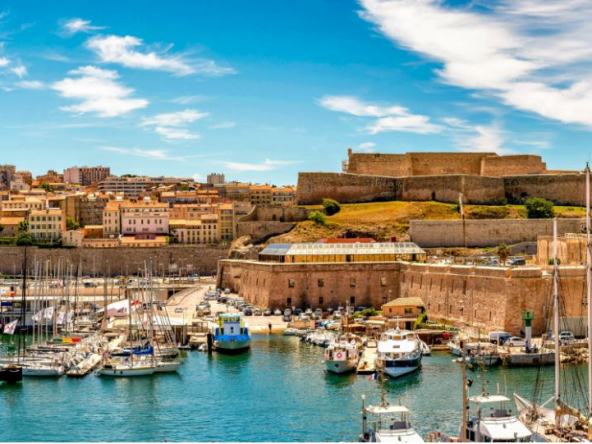The Architecture and Specificities of Houses and Housing in the Luberon
The Lubéron, an emblematic region of Provence, is not only renowned for its picturesque landscapes and its art of living, but also for its traditional architecture rich in history and character. In this article, we will explore the specificities of the architecture of houses and housing in the Luberon, highlighting the distinctive elements that make this region a true architectural gem.
The Lubéron mainly extends over two departments in the Provence-Alpes-Côte d'Azur region :
Historical Influence
The architecture of the Luberon is deeply rooted in its turbulent history, reflecting the influence of the different civilizations that have shaped the region over the centuries. From Roman remains to medieval and Provençal influences, each period has left its mark on local architecture, creating an eclectic mix of styles and building techniques.
Local Materials
One of the most distinctive features of Luberon architecture is the use of local materials, which blend harmoniously into the surrounding landscape. Limestone, abundantly present in the region, is often used for the construction of houses, offering a rustic and authentic aesthetic. The red tiled roofs, typical of Provence, complete the whole and add a characteristic touch of color to the panorama of the Luberon.
Stone Houses
Stone houses are an iconic component of Lubéron architecture, embodying both the rustic charm and timeless elegance of the region. Built using traditional masonry techniques, these houses often feature exposed stone facades, solid wood beams and wooden shutters, adding to their authentic character. The thick stone walls also provide natural insulation against summer heat, ensuring thermal comfort all year round.
The Provençal Bastides
Provençal bastides are another iconic expression of Luberon architecture, symbolizing the elegance and refinement of country life. These stately residences, built from the 17th century onwards, are distinguished by their harmonious proportions, their elegant facades and their vast grounds decorated with landscaped gardens. Inside, Provençal country houses often feature high ceilings, stone fireplaces and terracotta floors, creating an atmosphere of understated luxury and cozy comfort.
Traditional Mas
Traditional mas, or Provençal farms, are another manifestation of Lubéron architecture, testifying to the importance of agriculture in the region. These imposing constructions, often surrounded by lavender fields and olive groves, are characterized by their sloping roofs, their stone facades and their shaded interior courtyards. Inside, traditional farmhouses often feature rustic architectural features such as stone fireplaces, exposed beams and terracotta floors, reminiscent of the traditional rural lifestyle of the Luberon.
Contemporary Evolution
Although traditional architecture still dominates the Luberon landscape, there is also a shift towards more contemporary and eclectic styles, particularly in new construction and renovations. Renowned architects and designers have reinterpreted the codes of Provençal architecture to create modern and elegant residences that blend harmoniously into their natural environment while
The architecture of the Lubéron is a living testimony to the history and culture of this emblematic region of Provence. From stone houses to Provençal country houses and traditional farmhouses, each architectural element tells a unique story and contributes to the visual and cultural identity of the Lubéron. Whether for their rustic charm, their timeless elegance or their modern comfort, the houses and habitats of the Lubéron continue to captivate and inspire those who are lucky enough to discover them.




